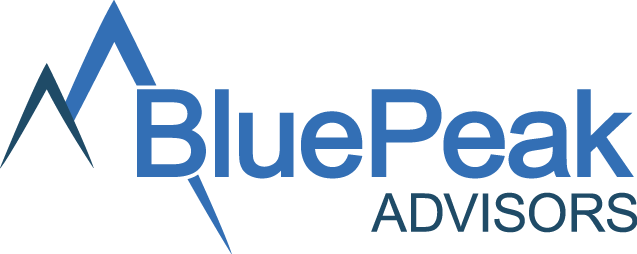Risk adjustment is expected to receive additional focus and attention from federal regulators in the near term. Political and administrative changes frequently shift the focus and attention of oversight agencies, and the Office of Inspector General’s (OIG) focus on Medicare Advantage risk adjustment is no exception. The change in leadership at the OIG most recently indicated a continued or even increased focus on risk adjustment audits.
In February 2022, Christi Grimm was named the Inspector General, Office of Inspector General, at U.S. Department of Health and Human Services (HHS). In her previous position as HHS Principal Deputy Inspector General, Grimm published an opinion piece targeting risk adjustment as an area of abuse. In the article, “Medicare Advantage should not ‘game the system’ but prioritize patient care, honest billing” (HealthcareDive.com, 9/23/20), Grimm refers to an OIG report that plans were reimbursed $2.6B a year for diagnoses not related to any clinical services. Grimm also states that, “80% of the extra $2.6B resulted from in-home risk-assessments.” Let’s revisit some of the findings and relationships from this report, because with the new OIG leadership, risk adjustment payments will remain in the spotlight.
Deploying vendors to perform Health Risk Assessments (HRAs) is certainly an area of risk, not only derived from the relationship between the HRA diagnoses codes and utilization of care, but also having a vendor perform work as a First Tier, Downstream, or Related Entity ( FDR). It is critical that plans take the next step — to drive clinical visits and involve the member’s provider — not merely record the risk in a way that increases risk scores across the entire membership. Plans that are effective at driving high risk scores while maintaining low care utilization and costs, may be increasingly targeted for risk adjustment audits. Plans need to balance the risk/utilization equation by addressing risks identified in HRAs with actual care – closing care gaps, care coordination, etc.
The secondary area of interest is, and always has been, related to incorrect diagnoses code submissions as part of risk adjustment payments. Validating, correcting, and submitting/resubmitting diagnoses codes and creating a clean risk profile of each member is critical to accurate payments. It goes without saying that a robust risk adjustment program should be adequately staffed with an army of coders and chart reviewers to manage the risk adjustment coding validation program.
Lastly, there are several operational areas that can be optimized to reduce risk and manage the possibility of a significant audit finding, or in the event of an audit finding, manage the impact of regulatory action against the plan.
- Effective compliance oversight structure with FDR monitoring and ongoing assessment of HRA vendors and other FDRs involved in risk adjustment coding activities
- Effective procedures for validating medical records and supporting documentation for submitted codes
- Deployment of policies, procedures, and training within the plan as well as provider-facing collateral
- Right sized and clinically competent staffing for risk adjustment programs
- Transparent executive/financial reporting systems
Demonstrating a commitment and proactive approach to managing risk adjustment coding and payment integrity will be viewed favorably by the OIG in the event of significant findings. Rethinking how you approach the inherent risks of “risk adjustment” and your risk management program will further ensure accuracy of payments to the plan, and positively impact care coordination and quality delivered to your members.
References:
Website link to HealthcareDive.com article:
Medicare Advantage should not ‘game the system’ but prioritize patient care, honest billing | Healthcare Dive
Website link to OIG Report:
Billions in MA OEI-03-17-00471.pdf (hhs.gov)
